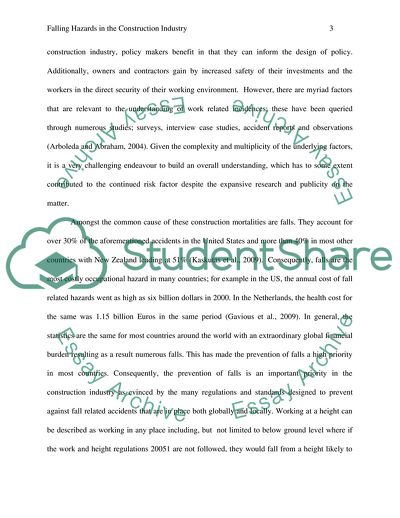Cite this document
(Falling Hazards in the Construction Industry Assignment, n.d.)
Falling Hazards in the Construction Industry Assignment. https://studentshare.org/environmental-studies/1843330-will-be-clarified-in-the-requirements
Falling Hazards in the Construction Industry Assignment. https://studentshare.org/environmental-studies/1843330-will-be-clarified-in-the-requirements
(Falling Hazards in the Construction Industry Assignment)
Falling Hazards in the Construction Industry Assignment. https://studentshare.org/environmental-studies/1843330-will-be-clarified-in-the-requirements.
Falling Hazards in the Construction Industry Assignment. https://studentshare.org/environmental-studies/1843330-will-be-clarified-in-the-requirements.
“Falling Hazards in the Construction Industry Assignment”. https://studentshare.org/environmental-studies/1843330-will-be-clarified-in-the-requirements.


